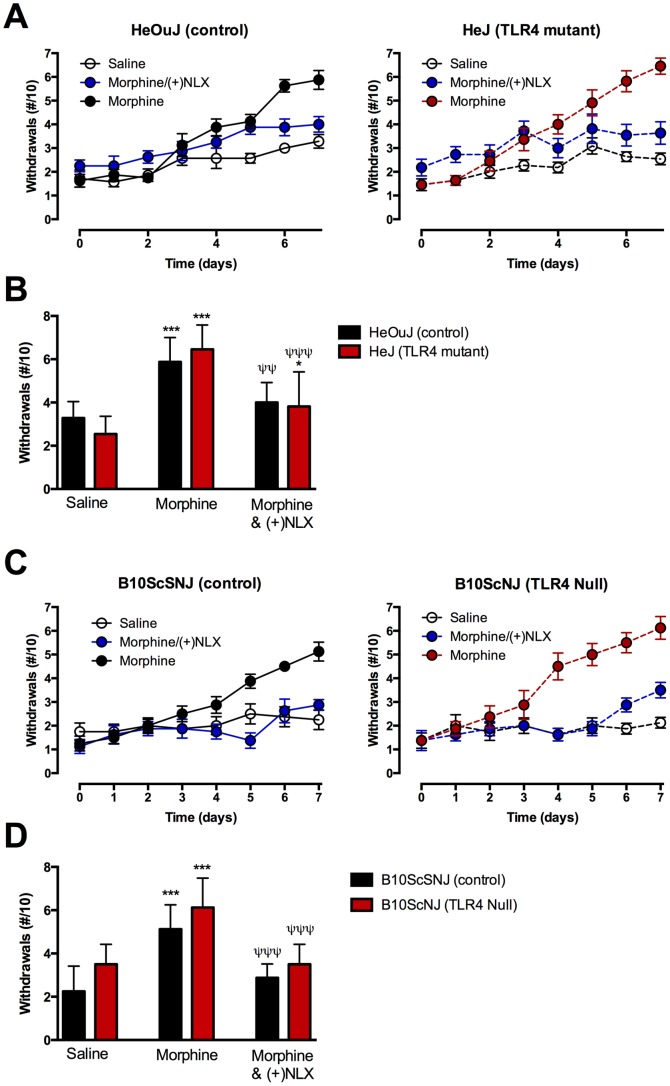Figure 4. Ultra-low dose naloxone non-stereoselectively inhibited morphine-induced hyperalgesia in control and TLR4 mutant mice.
(A,C) Mice were administered treatments (i.p.) twice daily, with mechanical thresholds measured daily prior to the morning injection. Number of paw withdrawals in (A) control (C3H/HeOuJ) and TLR4 mutant (C3H/HeJ) mice or (C) control (B10ScSNJ) and TLR4 null (B10ScNJ) mice treated with morphine, morphine and (+)naloxone (NLX), or vehicle (saline). A small but significant increase was observed with saline treatment over time within control and TLR4 mutant mice (p<0.01 and p<0.05, respectively) (A). (B,D) The mean number of paw withdrawals per treatment group on Day 7 in (B) TLR4 mutant (C3H/HeJ) and (D) null (B10ScNJ) mice vs respective control strains. Morphine significantly increased mechanical hyperalgesia in all genotypes. Co-administration of (−) or (+)naloxone (NLX) blocked morphine-induced hyperalgesia in control and TLR4 mutant and null mice. Data represent means for n = 7–11 per group. Statistical analyses were performed using a two-way ANOVA followed by Bonferroni post hoc test. The asterisk denotes a significant difference from saline-treated mice. *** = p<0.001. The ψ denotes a significant difference between genotypes receiving saline treatment. ψ ψ ψ = p<0.001.

